
This articulated wooden lay-hand, and the shell it holds, was amongst a miscellaneous lot from the sale of the contents of Wilsford Manor, the former home of Stephen Tennant. The box which contained it also included a selection of sea-shells, an ammonite and a quantity of dusty pot-pourri which had once sat somewhere in Tennant's crumbling Xanadu of a house on the Wiltshire downlands. The hand was a gift from my friend Lawrence Mynott, who attended the sale in 1987, and was probably included within a lot that he was able to secure, along with a number of other items from the house. I believe he also acquired a substantial portfolio of Tennant's drawings, including sketches for his proposed 'Lascar' book. Most notably was a white Syrie Maughan daybed and the zebra-skin rug that can clearly be seen in the famous Beaton photograph of 1971, where Tennant, abed, entertains David Hockney. The ensemble, which, if I recall rightly, also comprised the side-table which can clearly be seen in Beaton's final photographs of Tennant, became the great focal point of Lawrence's flat in Chepstow Road, where he lived for the two years immediately prior to his departure for Tangier.
In his wonderful biography of Stephen Tennant, author Philip Hoare describes the meeting between Tennant and the painter David Hockney. Already world-famous, Hockney had become a great friend of Beaton's, and was invited to Wilsford by the photographer in order to spend the afternoon with the famous recluse. In 'Serious Pleasures; the Life of Stephen Tennant', Hoare writes of the encounter, and of the series of photographs that were the result (it was also to be Beaton's last-ever photo-session with Tennant);
'As Stephen regaled the painter with tales of the past, Cecil aimed his lens. Hockney sits on the edge of Stephen's bed, as Stephen, 'transformed into a made-up Buddha', lies out full-length. He is completely surrounded by chosen relics; his monkey, his jewelery box, letters, books and papers in profusion. In one frame, Stephen sweeps the still air of his Wilsford bedroom with a huge and ornate Japanese fan; in another, he toasts his friends with a glass of champagne. In this final attempt to capture an elusive butterfly on film, Beaton caught the dark. half-lit world of Wilsford, where this mysterious figure lay like a latter-day magician, or beached ballet dancer, swept up on an island by some tempest long ago, now languishing among the relics of a glamorous past. It was the last enduring image of Stephen Tennant, fittingly abed, corpulent and with a straggle of thining hair-but as charismatic as ever he was'.
Wilsford Manor, Tennant's family seat, achieved nationwide attention when its contents were put up for auction a mere few months after its lone occupant had died at the age of eighty. Newspapers at the time were filled with reports of Tennant's eccentricity and his wasted existence, 'lying half-asleep among his bibelots, jewels and polar bear skins' (Philip Hoare, from his introduction). The sale was conducted under the aegis of Sotheby's and, looking through the now extremely rare catalogue, what seems overwhelming, quite apart from the amount of items destined for disposal, was the sheer variety of the lots, from priceless first editions to bulging boxes of Beaton photographs, a ton of personal correspondence from luminaries that came to define the age and the climate within which Tennant came to prominence in the twenties and thirties, antique furniture and rare paintings by everyone from Pavel Tchelichew to Paul Poiret, not to mention the mountains of garden statuary and the drifts of soft furnishings with which Tennant effectively curtained himself from the outside world, living out the latter years of his life as a shut-in. Lawrence spoke in the immediate aftermath of the sale of his incredulity that simply everything was up for grabs, from the most priceless Chinese lacquer screen to a humdrum tumble-dryer. Needless to say, the Beaton photographs, even bearing in mind the passage of time and the sums of money they now command, were heavily in demand, particularly one would have imagined, a print of the famous 'mackintosh' photograph of 1927/8 (lot 734a) which carried an estimate of £1,500.00. Elsewhere, delighted bidders carried away unique designs for family tombstones by Rex Whistler, and rare Galle glassware in quantity. As humble as this lay-hand may be, I love the fact that it once belonged to Stephen Tennant, whether boxed and totally overlooked in some far-flung anteroom or, surrounded by nautilus shells, displayed on some ormolu table amidst the debris of his Miss Haversham-like existence.





















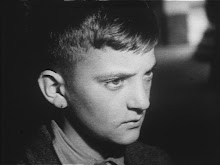









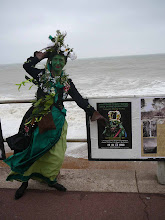






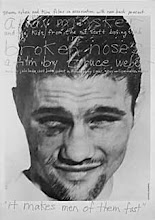
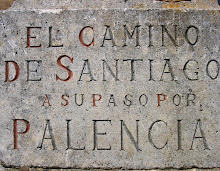

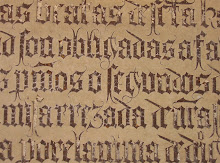

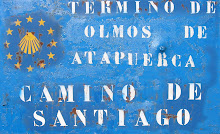
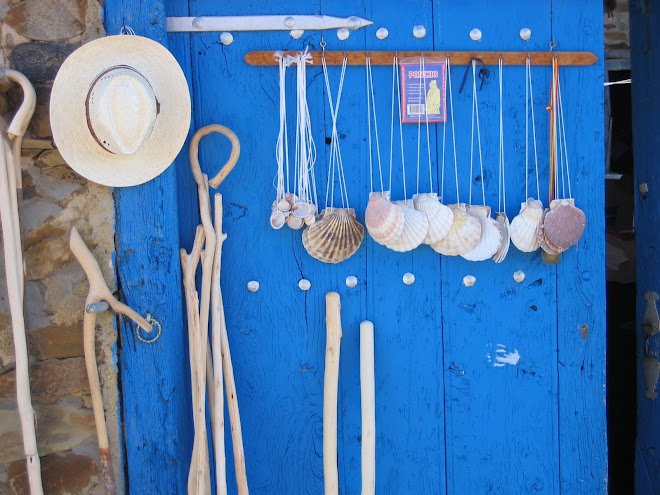


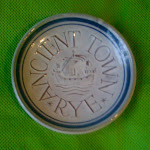
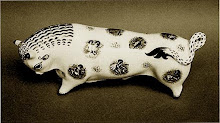

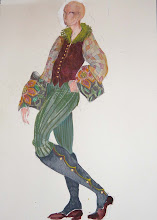

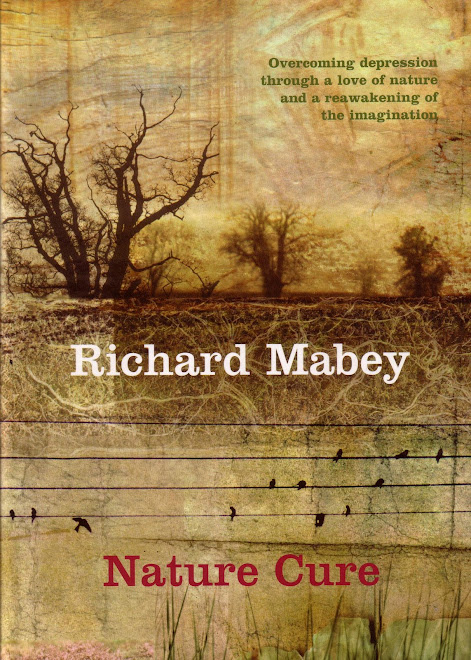



This comment has been removed by the author.
ReplyDeletecanada goose
ReplyDeleteconverse shoes
off white nike
yeezy boost 350
curry 5
lebron 15
adidas superstars
curry 5
nike air max 270
yeezy
MMORPG
ReplyDeleteınstagram takipci satın al
tiktok jeton hilesi
Tiktok Jeton Hilesi
SAÇ EKİMİ ANTALYA
referans kimliği nedir
instagram takipçi satın al
MT2 PVP
ınstagram takipçi satin al
perde modelleri
ReplyDeleteNumara Onay
mobil ödeme bozdurma
nft nasıl alınır
ankara evden eve nakliyat
trafik sigortası
dedektör
Websitesi kurma
aşk kitapları
en son çıkan perde modelleri
ReplyDeletelisans satın al
nft nasıl alınır
en son çıkan perde modelleri
yurtdışı kargo
minecraft premium
uc satın al
özel ambulans
buy replica bags online b71 x2b01b1a91 Ysl replica m48 m1m05t8p57 high quality replica bags z99 s9j27p8o99
ReplyDeleteOur esteemed healthcare facilities across the UK are searching for compassionate and skilled nurses to join our dedicated teams. Candidates must hold a valid nursing qualification and registration with the Nursing and Midwifery Council (NMC). Key responsibilities include delivering high-quality patient care, participating in multidisciplinary team collaborations, and conducting thorough health assessments. Ideal candidates will showcase strong communication skills, flexibility in managing shift patterns, and a commitment to continuous professional development. We offer a competitive salary, comprehensive benefits, and opportunities for career advancement. Be part of a dynamic team making significant strides in enhancing patient care and healthcare delivery across diverse settings.
ReplyDeletehttps://www.dynamichealthstaff.com/nurses-job-vacancy-in-uk